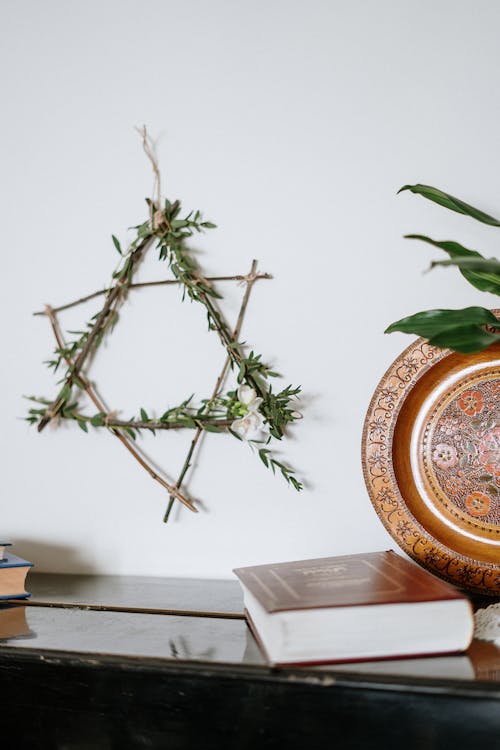Simchat Torah (Hebrew for “rejoicing with/of the Torah”) is a Jewish holiday that marks the end of the annual cycle of public Torah reading and the beginning of a new cycle.
Simchat Torah is a part of Shemini Atzeret, which takes place immediately after the week-long Sukkot festival. Shemini Atzeret literally means “the eighth day of assembly” since it occurs on the eighth day after Sukkot, which lasts seven days. It is celebrated during in the month of Tishrei on the Jewish calendar (or mid-September to early October on the Gregorian calendar).
To untangle some complications regarding Simchat Torah, Shemini Atzeret and Sukkot – all of them are individual holidays yet are connected with one another.
- Shemini Atzeret is a separate holiday, but is also connected to Sukkot, since it is devoted to the spiritual aspects of the Sukkot.
- Simchat Torah is a religious observance that takes place on Shemini Atzeret, yet it is also considered a holiday.
Simchat Torah takes place when the Torah scrolls are taken out from the ark and carried through the synagogue seven times in a festive and joyous procession. Sometimes, children take part in the procession, waving flags. There is singing and dancing. Candies and other sweet treats are given to the children. The jubilant nature of Simchat Torah is intended to express the happiness and joy that the Jewish people feel in their possession and observance of the words of the Torah.
Simchat Torah customs
Evening service
The holiday begins on the eve of Simchat Torah, during sundown. Simchat Torah services begin in the evening, as well, when the Torah scrolls are taken out of the ark and given to the members of the congregation to hold. Afterwards, they march around the synagogue and everyone plants a kiss on the Torah scrolls as they pass. This ritual is known as hakafot, which means “to march around” in Hebrew.
Once the Torah holders return to the ark, members of the congregation form a circle and start to dance. The hakafot should be performed seven times, so as soon as the first dance is finished the scrolls are handed to the other members, and the ritual repeats until the seventh time.
Morning service
Like many other Jewish holidays, the Simchat Torah morning service includes a special holiday called Amidah (the central prayer of the Jewish liturgy), the recital of Hallel as an expression of praise and thanksgiving, and the additional holiday Mussaf service. The ark is opened and the Torah is taken out for the Torah reading. At this point, all of the Torah scrolls are removed again from the ark and the congregation begins the hakafot once more, just like they did in the evening rituals.
Many congregations would split themselves into smaller groups, each of which would use the Torah scrolls. Dividing up the congregation in this way gives everyone in attendance the opportunity the bless the Torah. In strictly traditional communities, only the men and the pre-bar mitzvah boys accompanied by their male guardians are allowed to bless the Torah. But in other communities, both men and women (as well as girls) take part in the celebration.
The Simchat Torah is truly a joyful occasion, so it is not as formal as the other Jewish holidays. Although only seven circles in hakafot are required in the procession, the dancing, singing and reveling go on much longer. It is also customary to drink alcohol as part of the celebration. Many people also take the Torah scrolls out to the streets and then dance and sing publicly as a way to express their joy and pride of being Jewish.
